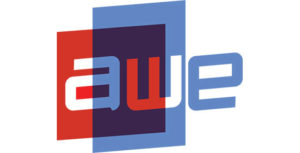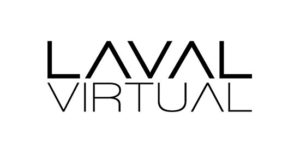How Optical Character Recognition Makes Augmented Reality Work Better
Today, companies in many industries seek to develop AR and VR applications for their needs, with the band of existing Augmented Reality solutions extending from gimmicky marketing solutions to B2B software. Helping production companies train their workers on the job by augmenting service steps onto broken machines is one of those solutions.
Augmented Reality could assist designers or architects to see a product while it is still in development. It could facilitate a marketing and sales process, because customers can already “try on” a product from a digital catalog. Or it could assist warehouse systems so that users get support in the picking and sorting process
The list of opportunities is endless and new use cases are constantly arising. The whole point of using AR is to make processes easier and faster. While at first, Augmented Reality and devices like smart glasses seemed way too futuristic, new use cases make them increasingly suitable for everyday life in the workplace.
Recognizing Objects and Characters
Augmented Reality is based on a vital capability: object recognition. For a human being, recognizing a multitude of different objects is not a challenge. Even if the objects are partially obstructed from their view they can still be identified. But for machines and devices this can still be a challenge. For Augmented Reality this is crucial though.
A smartphone or smart glasses can’t display augmented overlays without recognizing the object first. If needed for correct augmentation, the device has to be aware of its surroundings and adapt its display in real time according to each situation, all the while changing the device’s camera viewing angle. Augmented Reality applications use object detection and recognition to determine the relevant information needing to be added to the display. They also use object tracking technologies to continually track an object’s movements rather than redetecting it. That way the object remains in the frame of reference even if the device is moved around.
Character recognition is also crucial for a device’s understanding of the environment, as it not only needs to recognize objects, but according to the use case, it might also have to “read” it. This provides an even better discernment of the types of information that are important to process.

Optical Character Recognition
Optical Character Recognition (OCR) deals with the problem of recognizing optically processed characters, such as those in the featured image above. Both handwritten and printed characters may be recognized and converted into computer readable text. Any kind of serial number or code consisting of numbers and letters can be transformed into digital output. Put in a very simplified way, the image taken will be preprocessed and the characters extracted and recognized. Many current applications, especially in the field of automation and manufacturing, use this technology.
What OCR doesn’t take into account is the actual nature of the object being scanned. It simply “looks” at the text that should be converted. Putting together Augmented Reality and OCR therefore provides new opportunities; not only is the object itself recognized, but so is the text printed on that object. This boosts the amount of information about the environment gathered by the device, and increases the decision-support capabilities offered to users.
The Potential of OCR
Data import still requires high processor power and camera resolution and is expensive. Nevertheless OCR offers a viable alternative to voice recognition or input via typing.
Using OCR with smart glasses offers improvements for different kinds of business processes. Imagine a warehouse worker who needs both hands free to do his job efficiently. Using smart glasses to overlay virtual information on his environment can make him more efficient. But the ability to automatically scan codes printed on objects just by glancing at them frees his hands for other tasks.
Another example would be the automation of meter reading. When a device identifies the meter hanging on a wall, as well as its shape and size, and then automatically scans its values, a greater amount of meters can be read per day. This use case could be useful to energy providers.
When you look around, you will realize how many numbers, letters and codes need to be either written down or typed into a system every single day. Such processes, which can be very error prone, can become much less painful using OCR.








